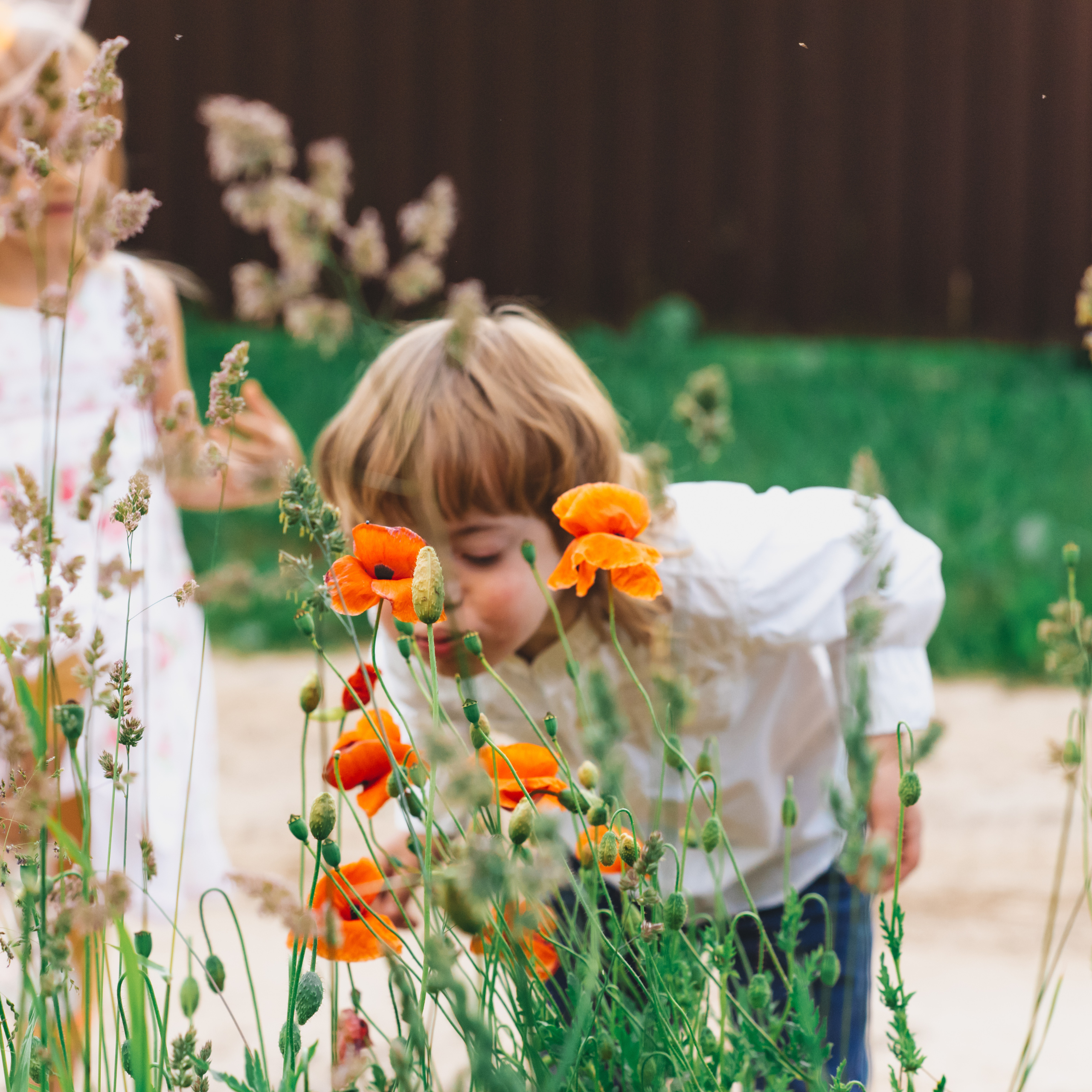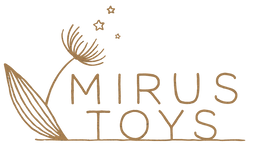Studying the Spring Equinox in a Montessori Primary Classroom

The official change of the seasons and the day when the sun shines directly over the equator, making day and night almost exactly the same length all over the Earth, the spring equinox takes place on March 20th or 21st in the Northern Hemisphere.
What is the spring equinox?
The word equinox comes from the Latin words aequi meaning equal and nox/noct meaning night, fitting for a word that describes the times of the year when day and night are almost equal in length. Also known as the vernal or March equinox, the spring equinox marks the first day of spring.
Spiritually, equinoxes are a time of celebration in many cultures. Since the spring equinox takes place when new plants are growing and animals become active again after the winter, many people celebrate a time of renewal. Common themes reflected during observances of the spring equinox include fertility, new beginnings, and rebirth.
Montessori Classroom Activities
- Demonstrate the spring equinox using a globe and a flashlight. Show how the sun passes over the equator.
- Play the “How Tall is My Shadow?” game, measuring from the child’s toe to their shadow top and comparing the size to that on the solstice.
- Go on a nature walk, observing and celebrating the new life beginning that surrounds you in nature like fresh sprouting grass, earthworms, snails, and leaf buds on a tree.
- Start planting or preparing a garden.
- Build a composting bin.
- Prepare a classroom feast, celebrating with food that honor the coming of spring like eggs, early spring greens, shoots, sprouts, seasonal local produce, and local bread.
- Create a spring nature table in your classroom where students can collect, display, and admire objects marking the coming of spring.
- Lead a classroom yoga or meditation practice at circle time, creating inner harmony, peace, and balance marked by the introduction of new life and the change of the seasons.
- Talk to students about something new they want to do and help them achieve their goals. It can be something like writing their name or learning to skip.
Montessori Classroom Materials
- Seasons wheel
- Perpetual calendar with seasons
- Wheel of the year
- Life Cycle Board
- Honey Bee Puzzle
- Farm mother and baby puzzle
- Seasons three-part cards (included with our seasons wheel listed above)
- Botany Cabinet
- Types of Flowers 3 part cards
- Flower arranging
- Leaf polishing
Books
- Goodbye Winter, Hello Spring by Kenard Pak
- A New Beginning: Celebrating the Spring Equinox by Wendy Pfeffer
- Flora & the First Day of Spring: A Wheel of the Year Book by Kathleen Converse
- The Spring Equinox: Celebrating the Greening of the Earth by Ellen Jackson
- Abracadabra, It’s Spring! by Anne Sibley O’Brien
- Spring Parade by Camelia Kay
- It’s Spring by Susan Swan
- I am Spring by Rebecca McDonald
- What Can You See in Spring? by Sian Smith
- Spencer Knows Spring: A Charming Children’s Book About Spring by Tiffany Obeng
- Up in the Garden and Down in the Dirt by Kate Messner
- Everything Spring by Jill Esbaum
- Busy Spring: Nature Wakes Up by Sean Taylor
- And Then It’s Spring by Julie Fogliano
Resources
- National Geographic - Equinox
- Britannica Kids - Equinox
- Britannica - Vernal Equinox
- The Global Montessori Network - Seasons, Solstices, and Equinoxes
- Britannica Kids - Spring
- National Geographic Kids - Signs of Spring
- National Geographic Kids - Spring Celebrations
About the Author
Heather White, EdS, is a Montessori parent coach, a Montessori in-home teacher and nanny, a Montessori educational consultant for the Andrew’s Educational Institute, a Montessori educator for adult learners, and a manager & content creator for Guide & Grow. Formerly, she was a Montessori teacher, Lower Elementary coordinator, and associate head of school. She also has experience as a School Psychologist intern. She is AMS credentialed (Early Childhood, Elementary I) and is a Nationally Certified School Psychologist. Contact her at hpratt@stetson.edu.
